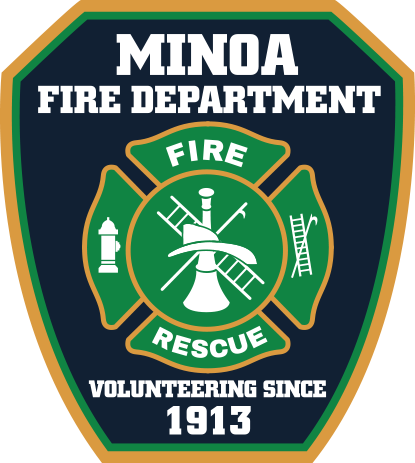Burn Ban: March 16-May 14
An effective way to prevent forest fires

Each spring, New Yorkers are urged to refrain from open burning to help prevent wildfires. According to the NYS Department of Environmental Conservation (DEC), the annual burn ban reduces the risk of wildfires and helps protect communities, property, and first responders. New York has already experienced significant wildfires in 2025, including on Long Island.
DEC Acting Commissioner Amanda Lefton emphasized the importance of prevention, stating: “After a dry and windy winter, DEC encourages all New Yorkers to help protect their communities by following the state’s two-month burn ban. As the seasons change, melting snow reveals dry leaves and brush that can easily ignite, putting people, property, and natural resources at risk. In addition to safeguarding land and structures, the burn ban helps keep DEC Forest Rangers and other firefighters safe and available for emergencies.”
What Can I Burn?
Certain types of open fires are permitted in New York State, but all must use only charcoal or clean, dry, untreated, and unpainted wood.
✅ Allowed:
• Small campfires or cooking fires under 3 feet high and 4 feet in length, width, or diameter
• Ceremonial or celebratory bonfires, including for flag disposal or religious purposes (if not prohibited by other laws)
• On-site burning of downed tree limbs and brush (less than 6 inches in diameter and 8 feet long) in towns with fewer than 20,000 residents )does not apply to the Town of Manlius with its population of 34,000)
• Fires approved by the DEC for controlling invasive species (case-by-case approval required – call DEC Region 7 at 315-426-7438)
• Agricultural burns
• Prescribed burns for forest management (must be coordinated with DEC)
What is Prohibited?
🚫 Not Allowed:
• Burning trash, refuse, tires, or other solid waste (including in burn barrels)
• Burning loose leaves or leaf piles
• Burning treated, painted, or composite wood (e.g., plywood, particle board) – Heat-treated or kiln-dried firewood is allowed
• Large brush piles collected from local residents at town or county transfer sites (individual property owners in small towns may burn their own brush on-site under the rules above)
